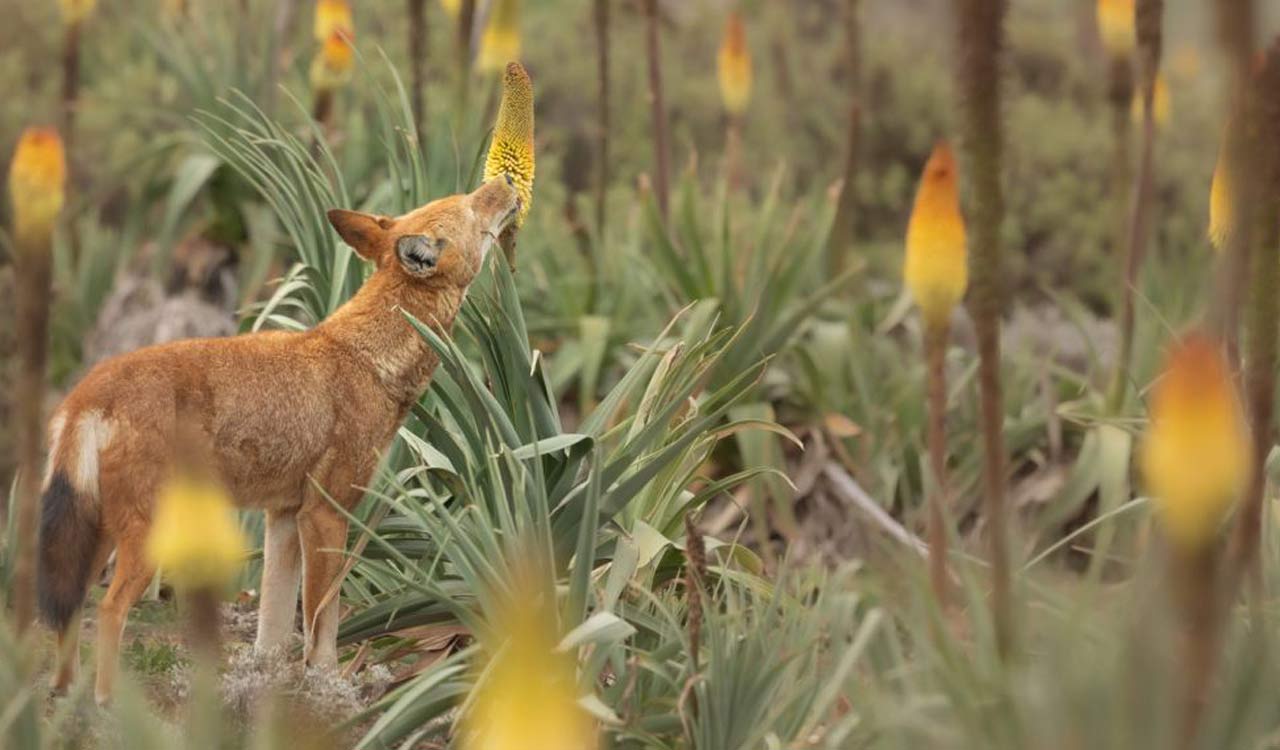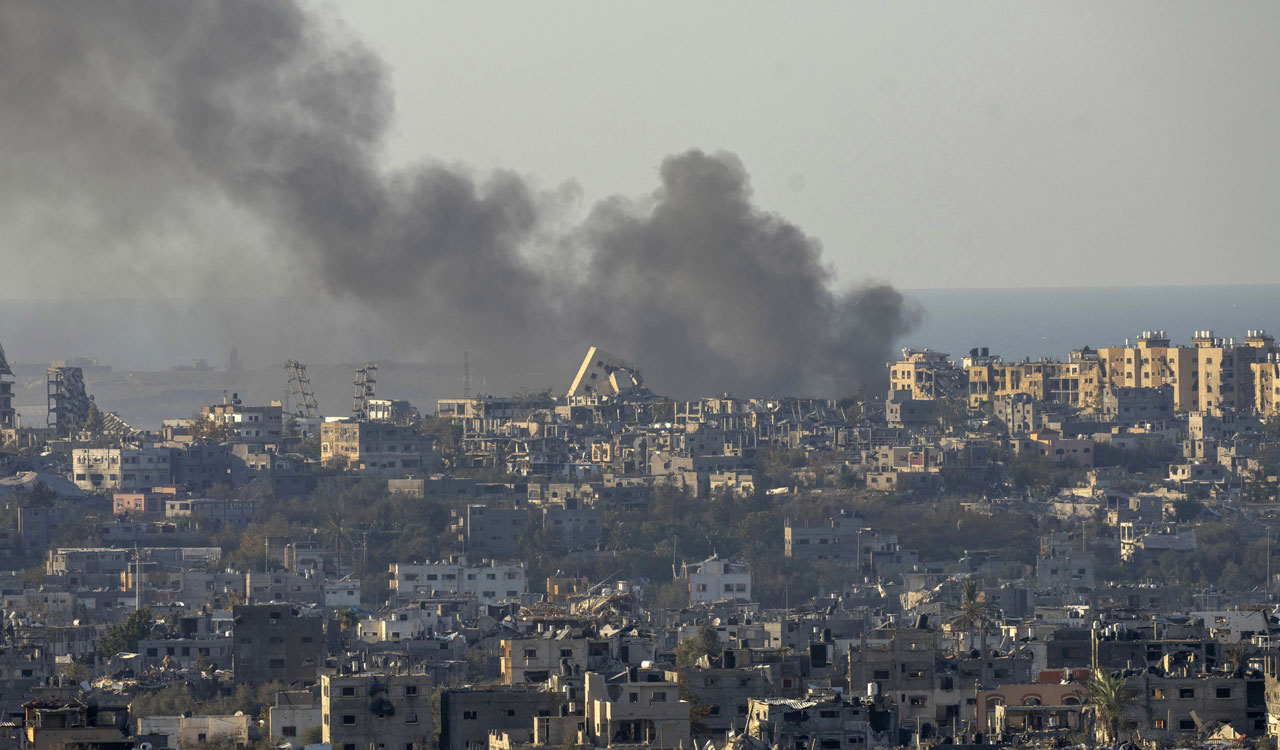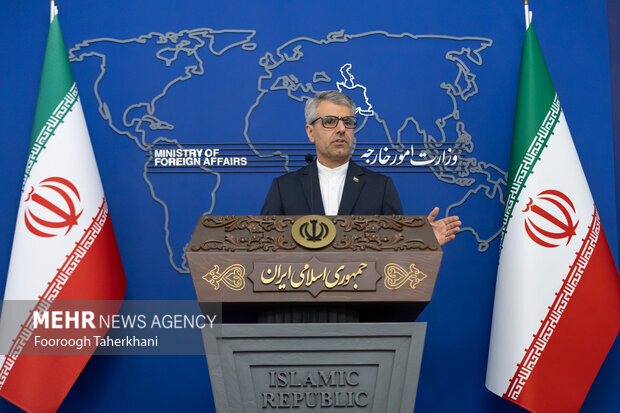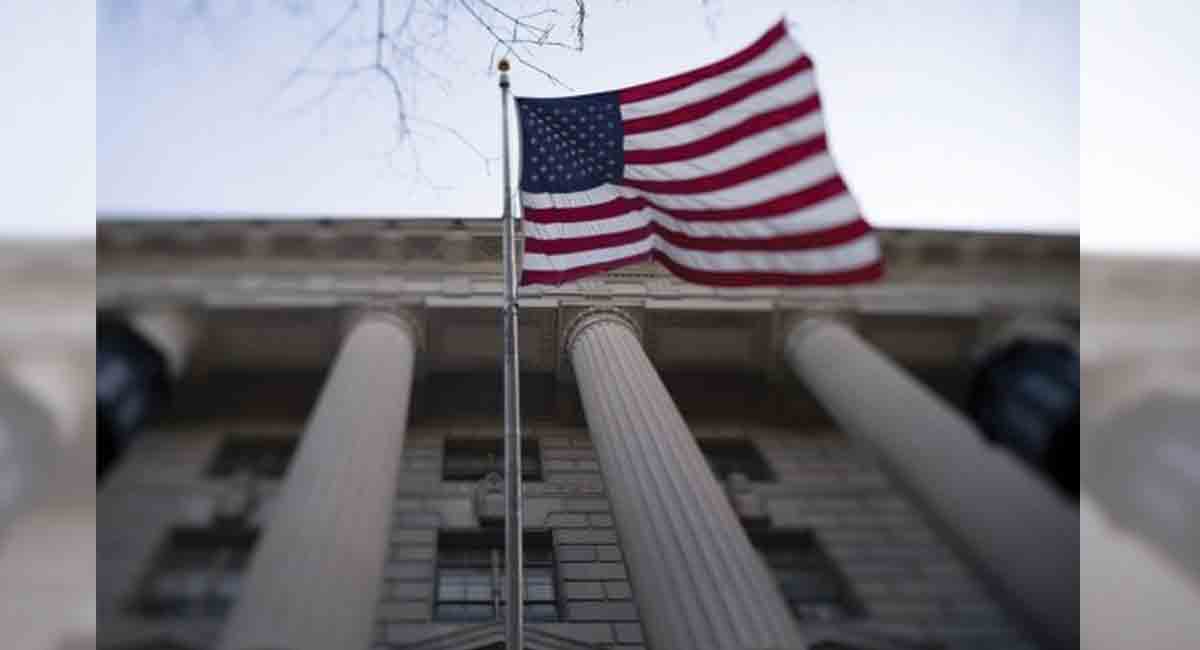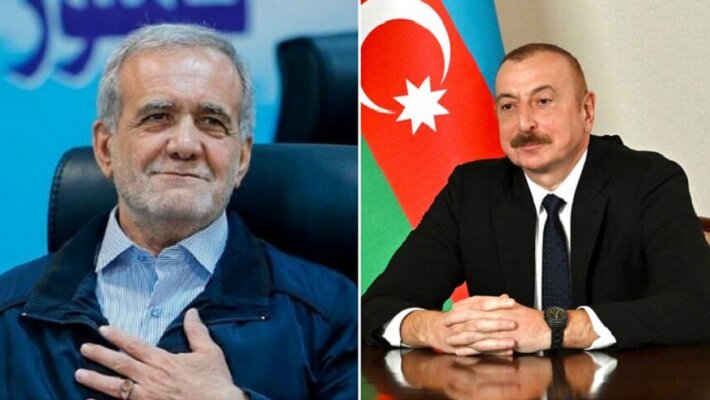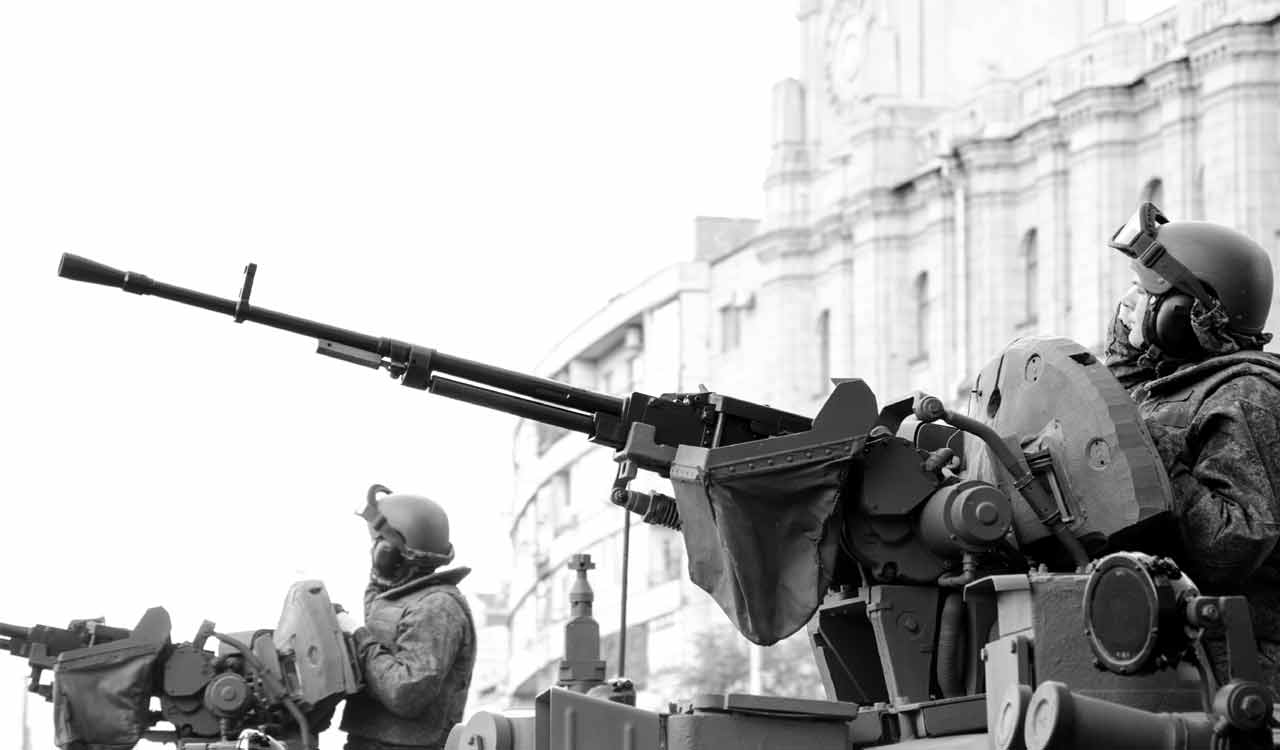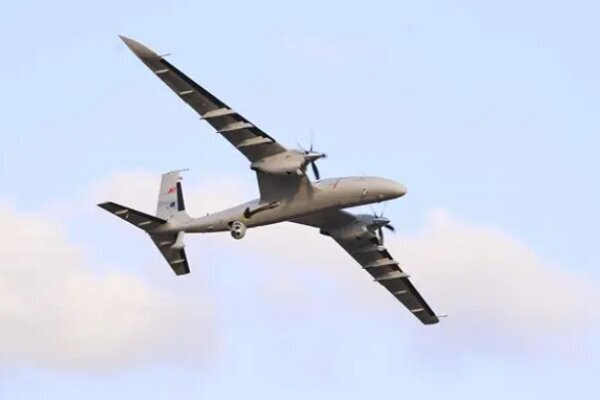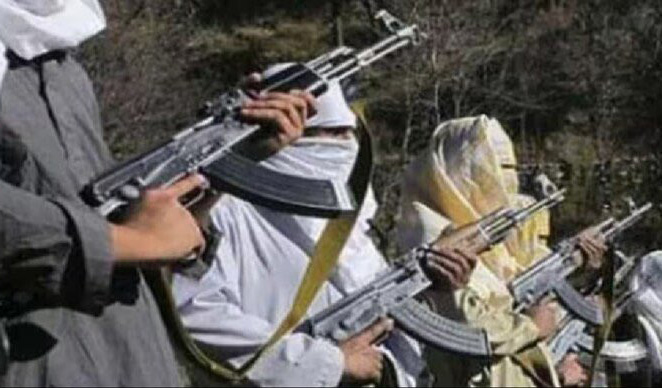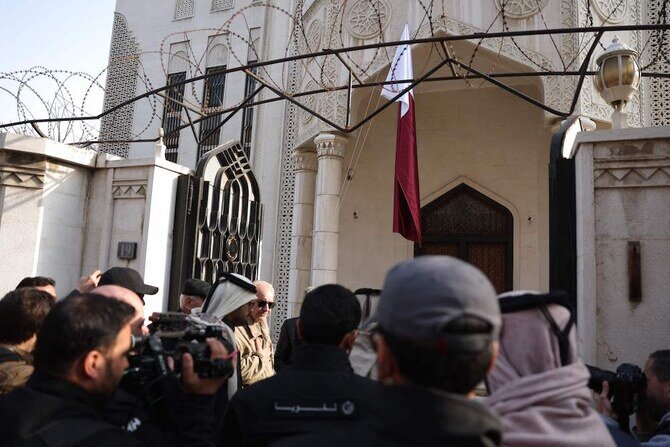Normally a specialised rodent hunter, the Ethiopian wolf is the first large carnivorous predator documented consuming nectar
Published Date – 19 December 2024, 10:49 AM

Photo: X
By Sandra Lai, University of Oxford
Oxford: Every year in the highlands of Ethiopia, when the rain returns after a parched dry season, a dazzling sight unfolds. Vast fields of a plant known as the Ethiopian red hot poker revive from their crinkled, withered state and bloom into fiery torch-like flowers. From June to November, these bright blossoms offer a precious resource: a profusion of sweet nectar.
Among the humming flash of sunbirds and insects drawn to the flowers, an unusual visitor appears: the Ethiopian wolf. Approaching a cone-shaped flower head, it licks the bottom, lapping up nectar and looking quite visibly pleased. As it moves from flower to flower, its muzzle becomes dusted with pollen. Can a wolf actually be a pollinator?
The Ethiopian wolf is a slender canid about the size of a large dog, with a reddish coat, white markings on its throat and chest, and a black bushy tail. It lives only in Ethiopia, in a few areas of high-altitude “sky islands” that emerge above the tropical forests below. With fewer than 500 alive today, it is Africa’s most endangered carnivore.
I’m part of a team of scientists, working under the Ethiopian Wolf Conservation Programme, who have detailed this surprising nectar-feeding and the wolf’s potential role in pollination. We recently published our findings in the journal Ecology.
The conservation programme, a joint initiative between the University of Oxford and Ethiopian colleagues, has worked to protect Ethiopian wolves for more than 30 years. While these findings were only published recently, Claudio Sillero, founder and director of the programme, first observed wolves feeding on flowers years ago.
“As I sat in a rocky shelter, I trained my binoculars on a wolf zigzagging through a stand of red hot pokers, pausing to lick a vivid red and yellow inflorescence, and moving on to the next,” he recalls. “Having tasted them myself, I knew they were heavy with sweet nectar. But I wasn’t quite expecting the wolves also had a sweet tooth!” Other colleagues were also familiar with the plant. “It is considered a medicinal plant in Ethiopia and its nectar is traditionally used to sweeten coffee, or on kita, our flatbread,” explained Abdi Samune, one of our wolf monitors.
Capturing the evidence
The publication emerged from a series of serendipitous events. A few years ago, Adrien Lesaffre, a wildlife photographer, became a close collaborator of ours. After hearing about the nectar-feeding behaviour, he made it his mission to get good pictures of the wolves foraging among flowers. At the time, except occasional sightings, nothing much was known.
“It took me two years, several trips to the mountains, tons of patience and great efforts to get my first pictures of a wolf licking the flowers,” said Adrien. The close-up pictures captured the amount of pollen deposited on the wolves’ muzzles. This was striking evidence of their potential role in transferring pollen between flowers.
As we investigated further, it became clear it was not an exceptional occurrence. On the contrary, the wolves really were seeking out the nectar and could spend a substantial amount of time foraging for it. For instance, we noted one female wolf spent 1.5 hours in a flower field and visited 30 different flower heads. Dissecting the flowers confirmed that pollen could be deposited by a mammal. Armed with all the new evidence, we shared our findings in a scientific journal.
Redefining the role of carnivores
Our work challenges conventional thinking about plant-pollinator interactions, especially regarding the role that predators can play.
There are a few nectar-eating pollinator mammals, mostly species of bats. Nectar feeding is uncommon in carnivores and typically only small species do it, such as civets or mongooses. Omnivorous bears, such as sun bears, may eat nectar too, although it is poorly documented.
That’s why the Ethiopian wolf’s behaviour is groundbreaking. Normally a specialised rodent hunter, it is the first large carnivorous predator documented consuming nectar.
While nectar is unlikely to provide enough nutrition to sustain the wolves’ daily needs, it can provide a small energy boost. A tasty treat to start the day or as dessert, to top up a rodent meal.
Whether the wolves can be effective pollinators remains to be confirmed, but it’s worth exploring what this means for the red hot poker flower. And perhaps the Ethiopian wolf is not the only nectar-loving large predator. Greater awareness of such atypical interactions might lead to new examples being discovered in other systems.
Conserving unique species interactions
Pollination is a crucial process sustaining biodiversity. A nectarivorous wolf potentially involved in pollination highlights the complex interactions that can appear in these unique “Afroalpine” ecosystems. In this fragile environment, where both the wolves and the flowers are vulnerable, understanding these relationships is vital for conservation efforts.
The Ethiopian highlands are a biodiversity hotspot, yet their apex predator faces increasing threats from habitat loss, disease transmission, and climate change.
Although our programme’s mission is to save the wolves, there is crucial value in conserving not just a species, but also the ecological processes they help support. Preserving the Afroalpine ecosystem, in turn, ensures that the many species and local communities relying on them will continue to thrive. — The Conversation

